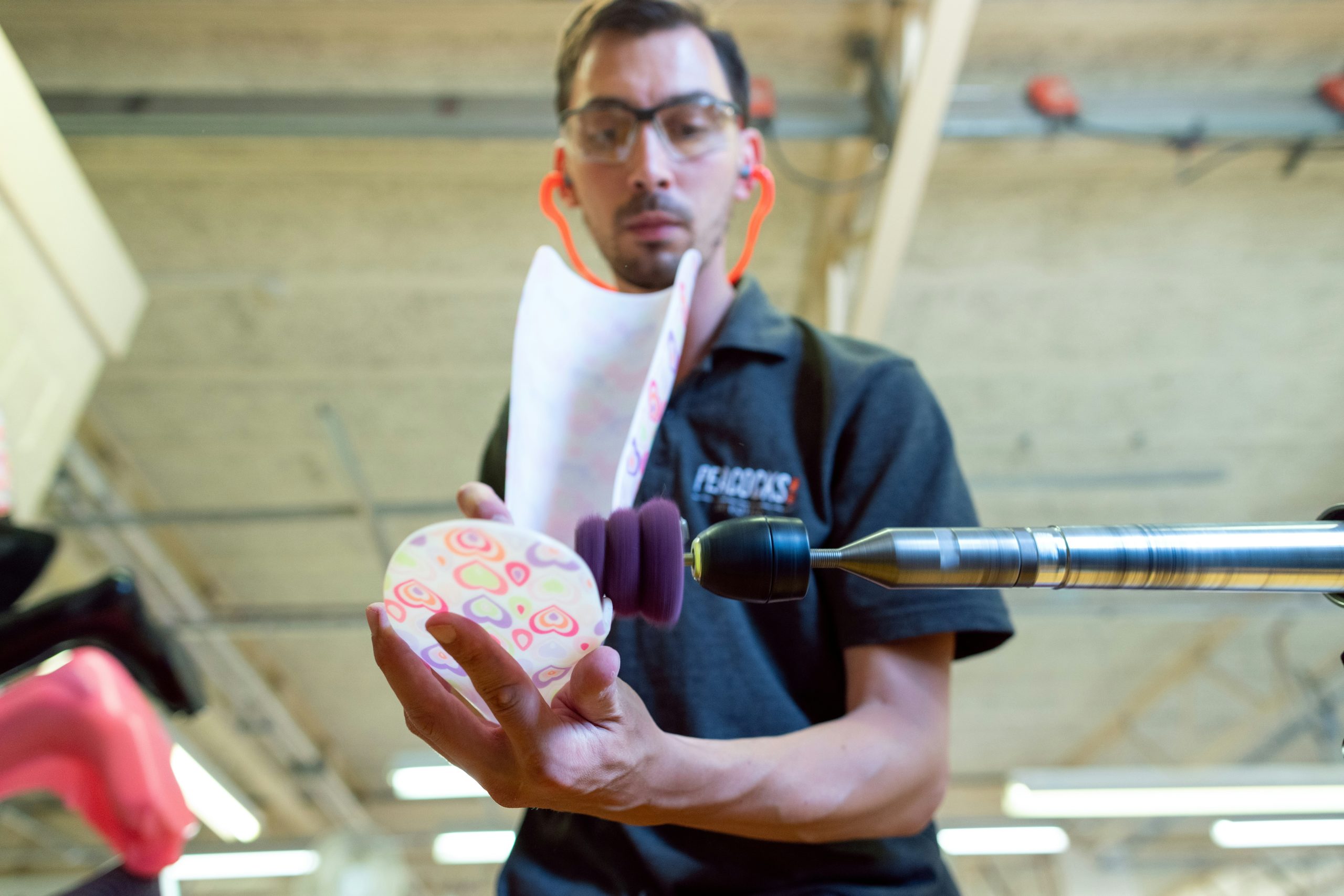How to write time loops and parallel universes for film and TV
Step 1: Understand the core ideas
Before you can get writing, you need to understand some fundamentals about what time loops and parallel universes are.
1.1 Time loops
A time loop is when the characters (or a universe) repeats the same period of time, sometimes quite often. There are usually conditions needed to start the loop again, like a character dies for example. Or the day comes to an end and starts again. Some characters usually need to have at least some memories of previous cycles in order for it to work well!
Groundhog Day (1993)
Groundhog Day uses a time loop as a way to force the main character to grow and change. Phil (played by Bill Murray) is a jaded weatherman who keeps reliving the same day until he (gradually) becomes a better person.
1.2 Parallel universes
These are alternate realities where different choices, circumstances, or even events have created diverging paths. There might only be subtle variations, or it might be completely different and work on a total fantasy premise.
The Man in the High Castle (2015-2019)
It’s not the first to do it, but this TV series had a world where Germany and its Allies won the Second World War.
Step 2: What’s the point?
Having a time loop or parallel universe isn’t a story in itself, they’re tools for telling one, so you need to ask what purpose they’re serving in your narrative. Here are some suggestions you might consider:
2.1 Character development
Use your time travel device to make characters grow, or change their beliefs. This might mean you start with a protagonist who has a clear flaw or some kind of unresolved conflict, and the time loop or alternate reality forces them to look at and change their actions. Gradually, you might then increase the stakes to force bigger and more meaningful decisions.
Example
In Edge of Tomorrow (2014) – also known as Live Die Repeat – Cage starts out as selfish and a bit of a coward, but through the film he develops his skills (and courage!) a little more each time the loop resets.
2.2 Plot complexity
You can start with something straightforward that your main character(s) needs to navigate and then tie it directly to whichever time device you’re using. You’re then adding new information in every layer or iteration, so you’re building on the story and hopefully, gradually revealing the connections between the loop or timelines.
Example
Dark (2017-2020) has a very complex plot of parallel timelines and loops, caused by time travel. They use a sense of inevitability really well, because we know to an extent how some events will pan out, but they give us just enough knowledge through character development and plot, to be able to see those same events and have a different understanding of them because of what we know.
2.3 Exploring themes
Particular themes are present in all films and TV, but time loops and parallel universes are great ways to explore particular ones like free will, the idea of fate, and identity.
Example
Everything, Everywhere, All at Once (2022) uses parallel universes to explore the meaning of existence and the impact of small, personal choices.
Step 3: Establish rules
The ‘universe’ that you create has to be consistent. Within reason, you can make up anything you like as long as there are rules and a framework for it to exist in. A little bit of ambiguity is interesting but too much, or worse still, inconsistency, can be a complete turn off!
3.1 Time loop rules



You need to know why your loop exists. Is it a science thing, is it supernatural, is it a random anomaly? How long does your loop last, is it until someone dies, is there a particular event that triggers it? What the rules are for keeping memories through the loops? Is it only one character who remembers past events, more than one? Lastly, what needs to happen to break the loop and what are the consequences of that? Maybe a problem is solved, maybe the protagonist has changed/learned ‘enough’.
3.2 Parallel universe rules



How are your characters accessing the other universe… if they are at all. Maybe only the audience is aware that simultaneous events are going on. How do the universes differ? Is there a ‘main’ universe and then variations on that or are there completely different worlds? Can your universes collide or collapse?
Remember, when you’re writing a screenplay you can think about your visual cues too, and you might be able to show certain rules, rather than needing it to be written as direction or dialogue.
Step 4: Your characters drive the story
Sci-fi is fun but your characters will be at the heart of your story, so you need to make them compelling and relatable. Their arc should be woven well with the elements of the sci-fi rules you’ve set out.
4.1 Your protagonist needs motivation
Here are some questions to ask yourself:
- What is the goal of your main character?
- Do they want to escape a loop or fix a timeline and if so, how do they do that?
- Do they need to explore another timeline to save someone, or fix a mistake?
- They need to have a believable and interesting motivation.
4.2 Relationships
Relationships between characters are great anchors through these kinds of sci-fi stories, and they can be a great way to maintain consistency even when other factors around change – like a touchstone. Think about things like what happens if your main character comes across an alternate version of a person they love?
Step 5: Work out your structure
How you structure your story and work out the pacing, repetition, and perspective is really important.
5.1 Repetition
There’s naturally a lot of repetition in time loop or parallel universe storylines so you need to try and show it creatively. In Palm Springs (2020) we jump straight into the people living in their loop, so it ramps up the interest straight away. You need to have a few surprises in your timeline too, so that it isn’t monotonously the same. Think about new characters coming in, or big consequences for particular decisions.



5.2 Narratives
It can get even harder to plan but sometimes telling your story in a non-linear way can be really effective. You just need to make sure that any shifts around universes or loops are really clear! This is like what we were talking about with Dark, where you have lots of layers in the storytelling and they’re not all being revealed in chronological order.
Step 6: The payoff
Whatever the end of your story is it should feel satisfying and ideally wrap up all the threads (unless you’re deliberately leaving it on a cliff hanger) otherwise your audience will feel cheated and annoyed. We keep mentioning Dark but it was one of those series that was only ever intended to have three seasons and so it was planned meticulously from the start and manages to wrap up every last scrap of intrigue left over from the previous seasons and it has an ending that feels really satisfying.
Step 7: Pitfalls to avoid



If you’re just getting started out then here are some things to avoid or be aware of.
- Don’t overcomplicate your plot, keep it simple and clear.
- Don’t let the sci-fi elements overtake the regular, foundational rules of writing for TV and Film
- Resolve your themes! Don’t leave any loose threads or let it be too ambiguous.
- Know your paradoxes…
Finally, try these great time loop and parallel universe films and TV shows
- Dark (2017-2020): A German sci-fi thriller that starts with two missing children, which triggers a chain of events and connections between past, present, and future.
- Timecrimes (2007): A Spanish film following Hector, who finds a time machine and travels back in time a few hours and ends up in an inescapable loop with every action having more consequences.
- Russian Doll (2019-2022): Nadia is stuck in an endless loop and keeps dying then re-living the same night. Annoyingly, it’s been a while since the last season but there’s been no word on renewal or cancellation!
- Triangle (2009): After a storm, Jess and the crew of a boat come across an abandoned cruise ship and once aboard, become trapped in a time loop.
- Another Earth (2011): A second Earth appears in the sky, opening up the possibility of a parallel world.
More free film articles
About this page
This page was written by Marie Gardiner. Marie is a writer, author, and photographer. It was edited by Andrew Blackman. Andrew is a freelance writer and editor, and is a copy editor for Envato Tuts+.
news via inbox
Nulla turp dis cursus. Integer liberos euismod pretium faucibua











